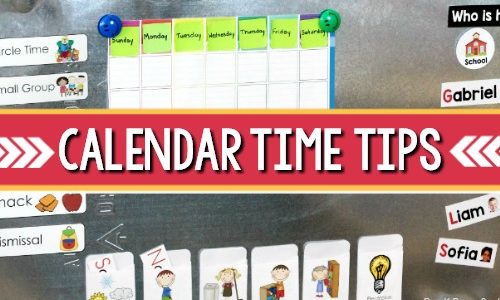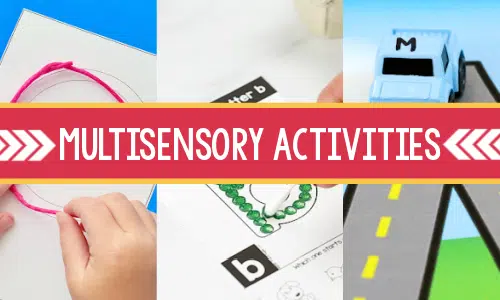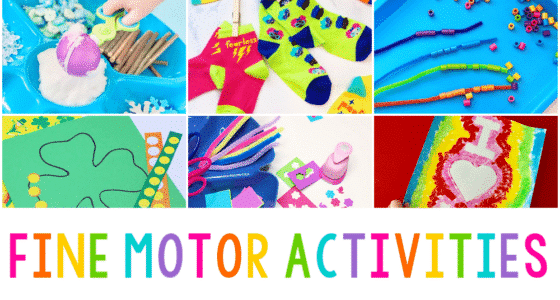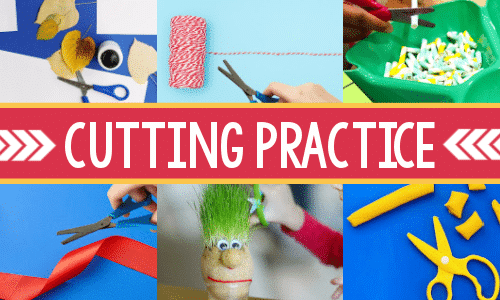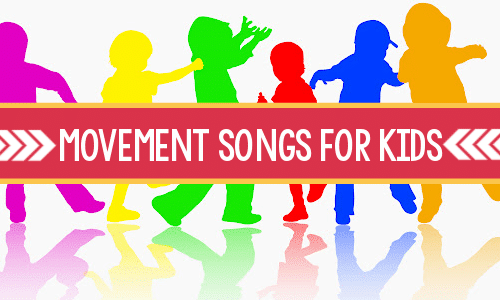The classroom environment is called the “third teacher” – the first being parents, the second YOU. For play-based learning to be successful, that “third teacher” needs to be prepared for play, too – with materials and a classroom setup that facilitate engagement and exploration. Here’s how to make sure your early childhood learning environment is helping your students learn through play.
Consider the Classroom at Children’s Eye Level
You can make your preschool classroom more engaging by setting it up to scale – for the little learners in your room, not the adults. Before your students arrive, take a moment to walk around your classroom on your knees. You’ll look silly, but you’ll be doing something important – seeing the classroom setup through your students’ eyes. What catches your attention? What looks intriguing? Anything above this level is likely not going to be noticed by your students.
Choose Intentional Centers in Classroom Setup
A play-based learning environment is more than just setting out some toys and hoping for the best. Your classroom setup should be intentional, with carefully chosen learning centers arranged with thought and care. The centers you choose are just as important (maybe more) as the lessons you teach. The core centers for play-based learning are:
- Dramatic Play: The dramatic play area allows for social-emotional learning, as well as retelling stories and replaying important events to understand them. (a place to pretend)
- Blocks: Blocks teach so many motor skills, as well as math concepts. (a place to construct)
- Sensory/Play Dough: Pre-writing skills are key, and these centers build the right muscles for writing by allowing little hands to manipulate, squish, pour, and squeeze. (a place to build fine motor skills)
- Art: The ultimate exploration! Students learn color mixing, pre-writing, fine motor, and creative expression. (a place to create)
Of course, you’ll want to include a literacy center, math center, and a science center in your classroom, but be creative – how can literacy, math, and science overlap with these centers? Can students draw a picture of their block creation (writing skills)? Can students count out how many plates are needed to serve dinner in dramatic play (math)? Overlaps in learning will happen and should happen with your centers! That’s when the play and learning happen together.
Keep Materials Accessible and Ready for Play
Remember earlier when you walked around on your knees? Could you reach what you needed? A key part of play is exploration, which also means allowing students to be responsible for getting the materials they need to play. Consider limiting what is out and accessible to allow for more independence from your students. A play-based classroom is more of a “yes” space – so make sure all the things that children can reach are part of your free-choice time. You’ll be amazed at how capable they will be when you let them show you!
Put the third teacher to work for you. Create your classroom setup to encourage children to play, explore, and learn. An intentional classroom leads to play. And more play equals more learning!
Contributed by Emily Millspaugh
Check out some of my favorite tools for preschool play for different centers and types of learning.
Discover ideas for setting up different learning centers in your classroom.
More Teaching Tips
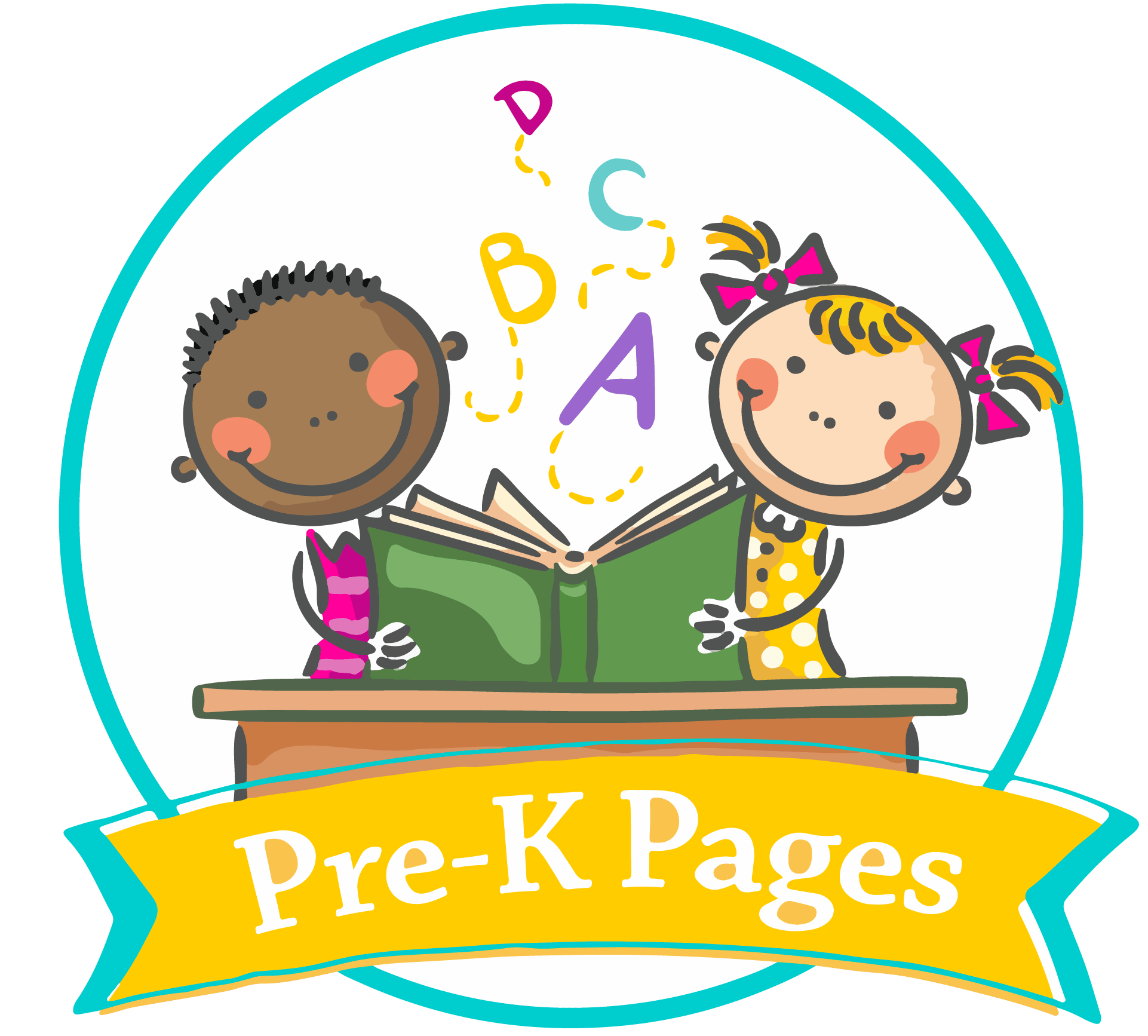
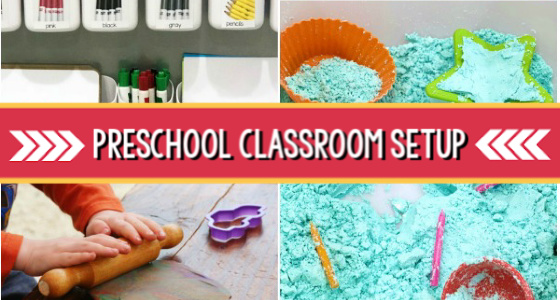
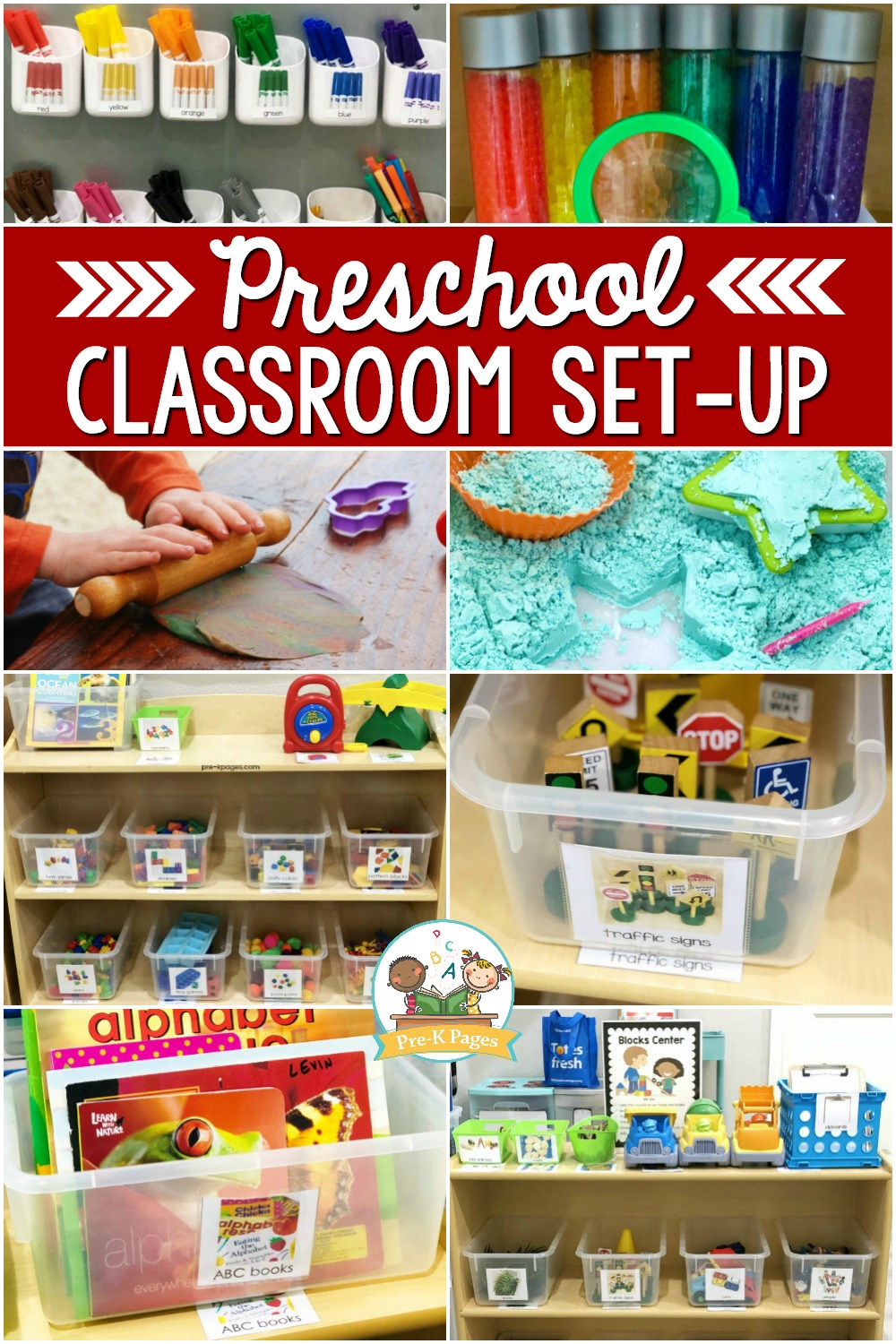
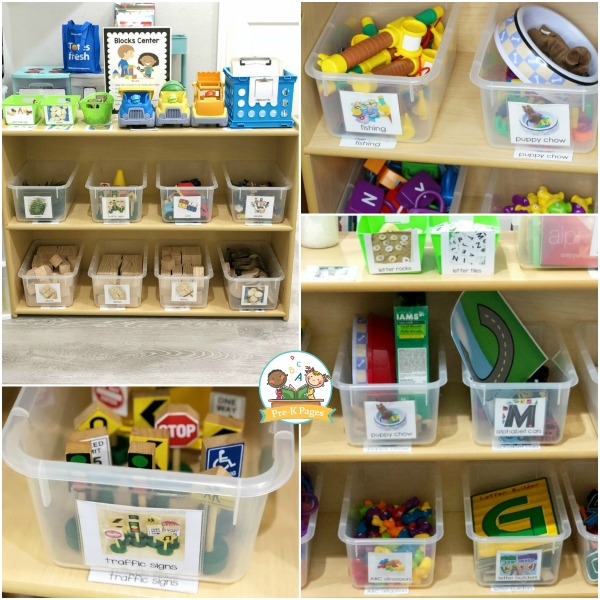
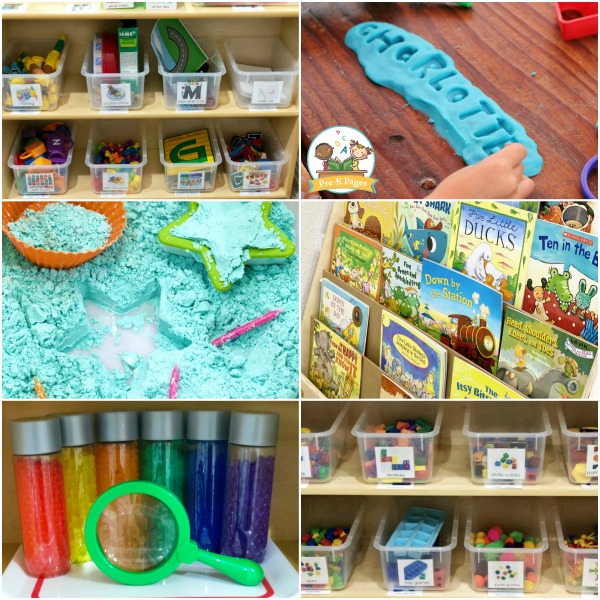
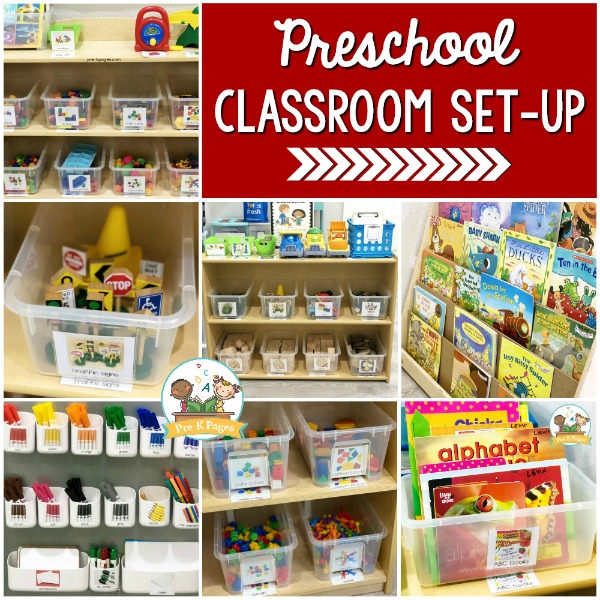
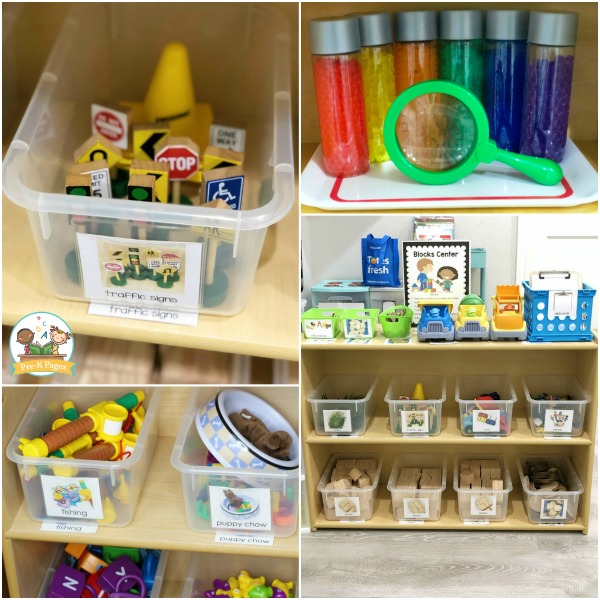

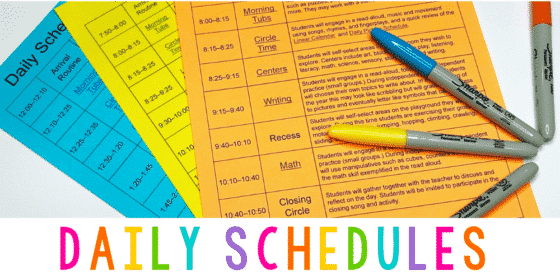
![[Image: How to prevent kids from biting]](https://www.pre-kpages.com/wp-content/uploads/2022/10/EEC066_wide-NEW-500x500.png)
